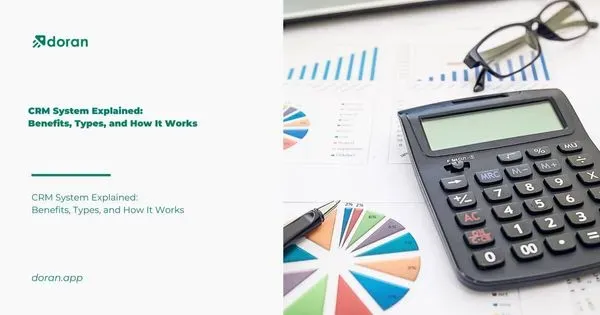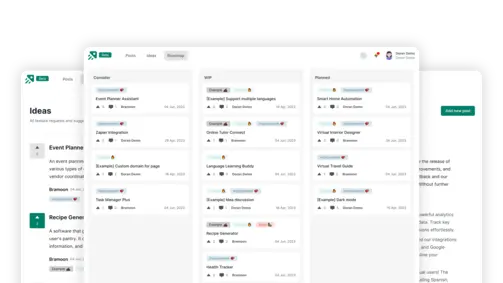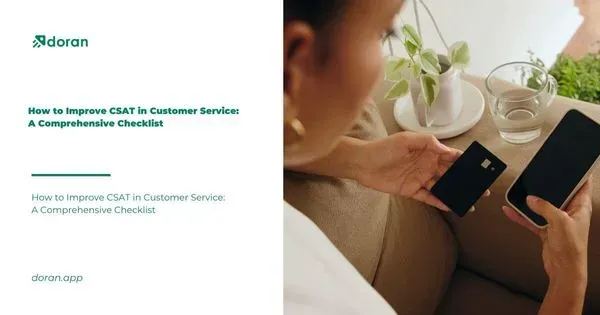Employee NPS Survey: Engaging Your Internal Team for Success
Create changelog and product roadmap for your product
Explore nowTable of contents 6 min
Employee NPS (Net Promoter Score) surveys have become integral in understanding and gauging employee satisfaction and loyalty within organizations. These surveys serve as a valuable tool for HR departments and leaders to measure the likelihood of employees recommending their workplace. Exploring the nuances of employee NPS surveys is pivotal for companies aiming to enhance employee engagement and drive organizational success.
eNPS Survey (employee NPS Survey): What Is It?
Employers may monitor employee engagement and assess the results of their people and culture efforts with the use of employee NPS survey, an efficient and simple-to-use score system.

Like the NPS, which measures customer satisfaction, the employee net promoter score (eNPS) is based on a single, straightforward question: “How likely are you to recommend us as a place to work for your family and friends?” It indicates how employees feel about your company.
Sending regular employee net promoter score pulse surveys to evaluate the chances of being recommended as a place to work, Apple was a pioneer in this area.
Read more: 30 Must-have Customer Feedback Survey Questions
How to Determine the Employee Net Promoter Score
The difference between your happiest and least happy employees is your employee net promoter score.
Creating recurrent eNPS survey with the question “How likely are you to recommend us as a place to work for your family and friends?” is the easiest approach to measure it using your survey software. Workers should rate their likelihood of recommending your organization on a scale of 0 to 10, with 10 representing the most likely response.
Recognizing Promoters, Passives, and Detractors
A promoter is someone who rates a 9 or 10, meaning they are the most willing to support. Workers who give their employer a score between 0 and 6 are referred to as detractors since they are the most likely to speak poorly of it.
People who score a 7 or 8 are referred to as passives; their scores are not taken into consideration in the computation, but they are still taken into account when determining the number of employees. Later on, we’ll cover passives in more detail.
Examples of eNPS Calculations
Instance A
Suppose you surveyed 100 employees:
Promoters (rated 9-10): 60
Passives (rated 7-8): 20
Detractors (rated 0-6): 20
Calculate the eNPS:
eNPS=60%−20%=40%
In this example, the eNPS is 40%. A positive score indicates that more employees are promoters than detractors, which is generally considered a good sign for employee satisfaction and engagement.
Instance B
Out of the 114 employees at your company, 24 are promoters (21%) and 56 are passives (49%), according to your most recent study. There are 34 detractors (30%).
Passives are not to be considered in the next calculation phase.
The outcome would be -9 as 21% (promoters) minus 30% (detractors) = -9%.
In summary, a greater employee net promoter score indicates higher staff engagement, which is what any business should strive for—more promoters than detractors.
Formula for eNPS

eNPS formula = % of promoters minus % of detractors
Find out more: Different Types of Customer Feedback & Tips to Collect Them
The Advantages of Employee NPS Survey
Determining your eNPS is Easy
The easiest thing about employee net promoter score is its simplicity; it’s difficult to think of a less time-consuming method for assessing employee contentment! The survey questions don’t have to be thought of by managers in hours, and employees just need to select a score on a 0–10 scale.
Compared to Surveys, Employee NPS Survey has a Greater Participation Rate
Survey exhaustion is a familiar phenomenon to many of us. When you get an email requesting five minutes of your time, you say to yourself, “Okay, fine.” However, it can be very annoying to be directed to a different set of questions after submitting the first three answers.
Employees won’t have to spend much time answering the one question asked by the employee net promoter score: “How likely are you to recommend us as a place to work for your family and friends?”
eNPS is a Simple Metric to Utilize
This metric’s simplicity reduces its value to one. This makes it a very simple metric to use. It is important for employers to monitor their eNPS development, particularly during times of workplace transformation. Nothing may be unclear when you use a single variable.
eNPS is Simple to Implement
All that is needed is a brief introduction to the process. It’s easy to explain, even if some employees have never heard of the concept before: You “just” want to know if employees would suggest working for your company. The brilliant thing about this short response is that it asks for very little information from respondents, yet it reveals a lot about employee engagement.
eNPS is Economical
It’s a safe and affordable approach to find out how satisfied your employees are. With minimal time and financial commitment, you may measure employee net promoter score with only one email.
When taken as a whole, these benefits provide you the flexibility to speak with staff members more frequently, providing you with information about how your company is doing.
What Employee NPS Survey Questions should be Included?

Including a follow-up question in your employee NPS survey is a good way to maximize its usefulness and demonstrate to your staff that you appreciate their input. Just be sure to remember these rules when you do so:
Don’t write too much. An employee net promoter score survey should not be combined with a longer employee engagement survey in order for it to be effective. Try not to ask too many follow-up questions.
Use an open-ended inquiry instead. Your second question should allow staff members to elaborate on their answers, while your first question requests a precise figure. Steer clear of loaded, yes/no, and excessively precise inquiries.
Samples of Follow-up Questions for eNPS
-
What factor influenced your score the most?
-
What as a company can we improve upon?
-
What is your favorite aspect of your job here?
-
Is there anything that would prevent you from recommending friends to the business?
How Often Should you Do eNPS Survey?
An eNPS survey should be conducted every 90 days. This provides you enough time to implement adjustments that will raise your score the following quarter.
In conclusion, leveraging employee NPS surveys allows organizations to obtain valuable insights into employee satisfaction levels and identify areas for improvement. By listening to employee feedback, addressing concerns, and fostering a positive work culture, businesses can enhance employee loyalty, productivity, and overall organizational performance.
What to not miss out on our blog
Gain insightful knowledge and invaluable experiences from dedicated experts.

CRM System Explained: Benefits, Types, and How It Works
Discover everything about CRM system. Learn the benefits and how a CRM system works to improve customer relationships and streamline business operations.

Are you ready? Start your free trial today.
Enhance communication, keep track of the progress, understand customers' insight and more by taking your first trial on Doran.
Sign up for free

